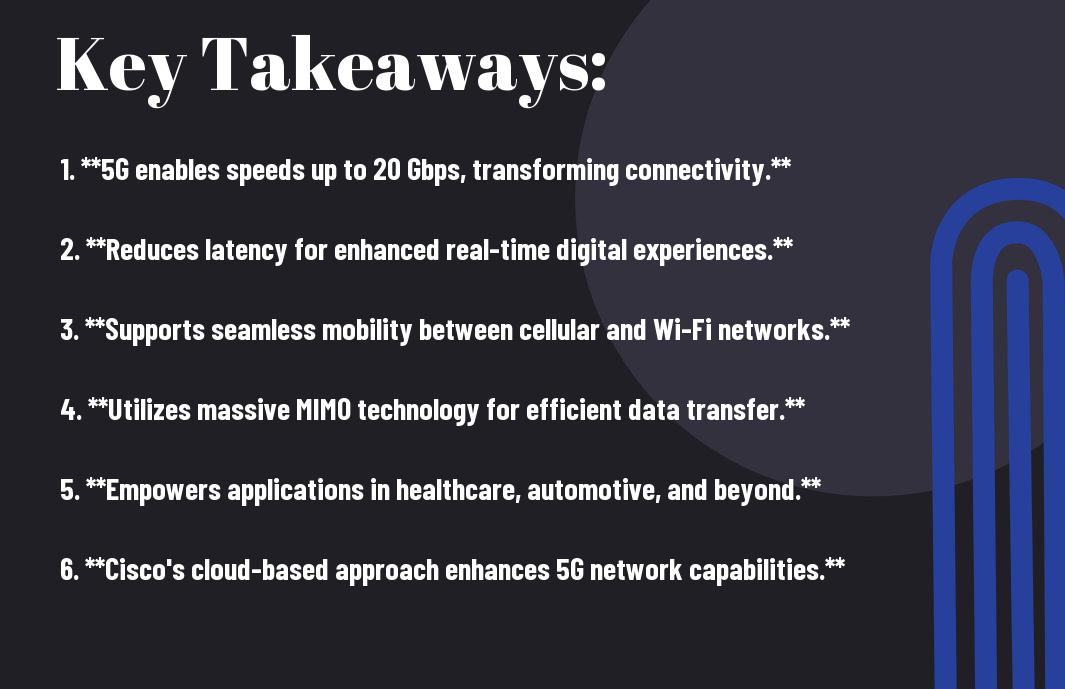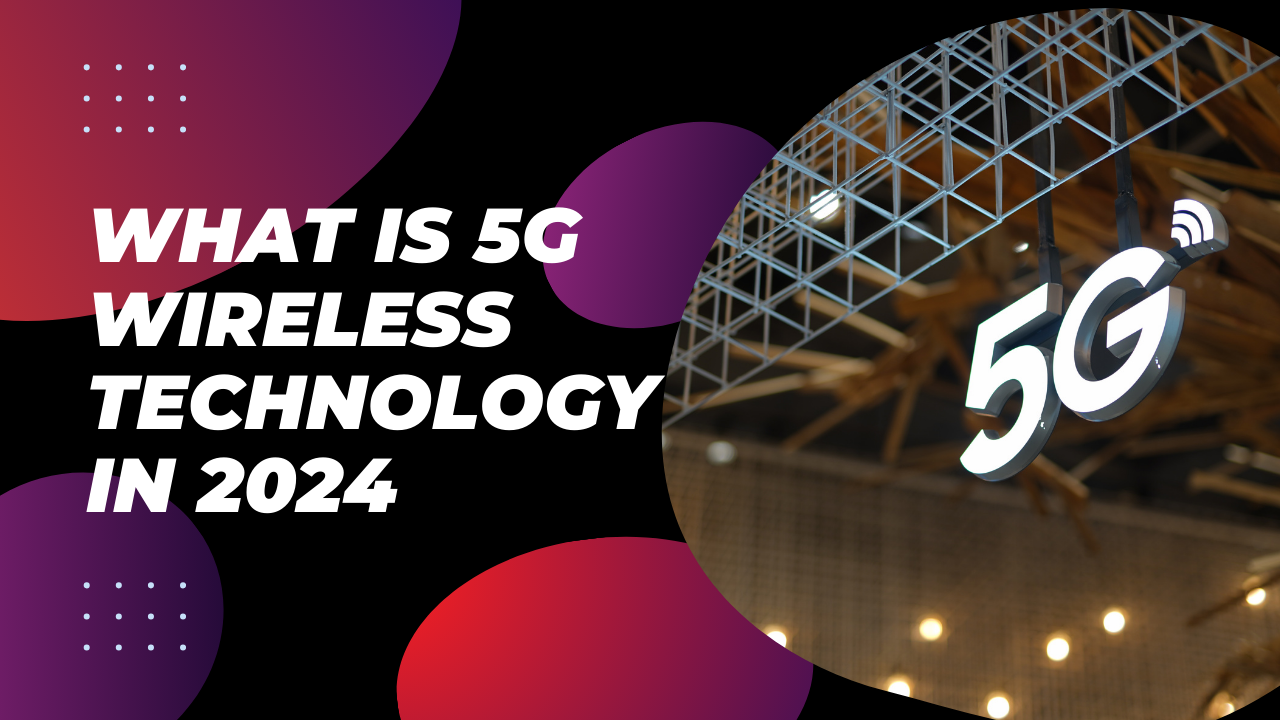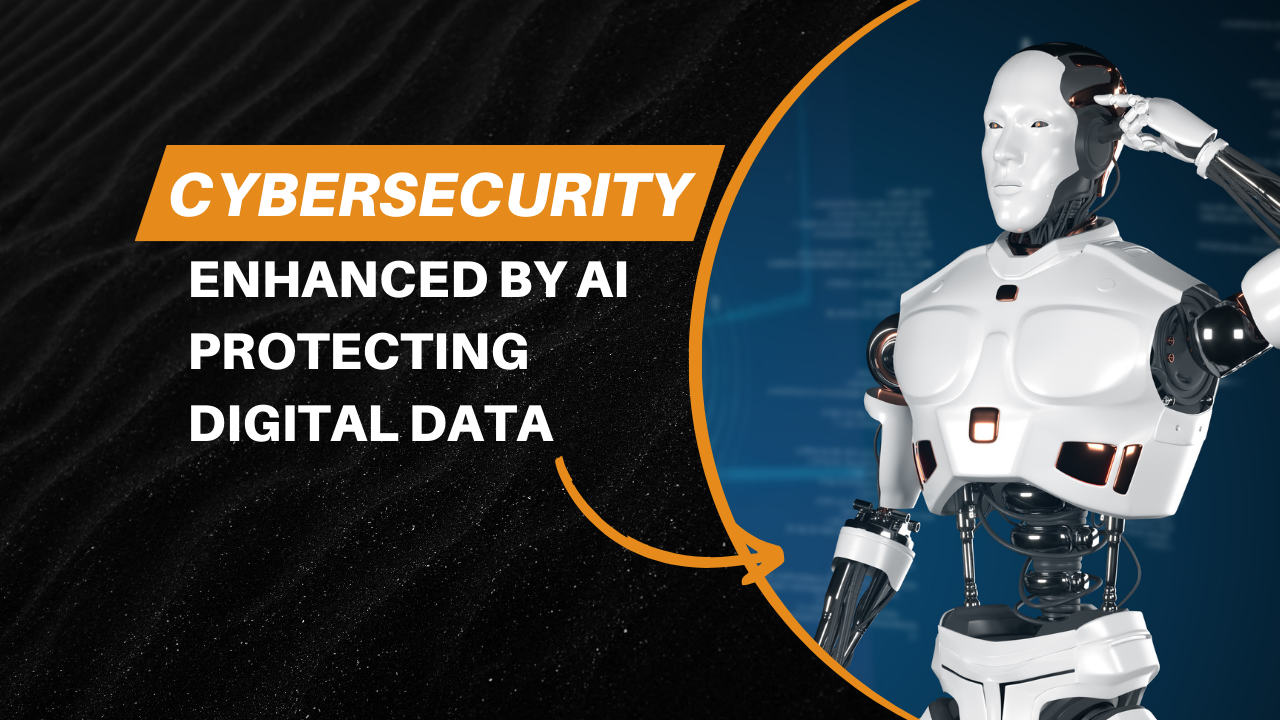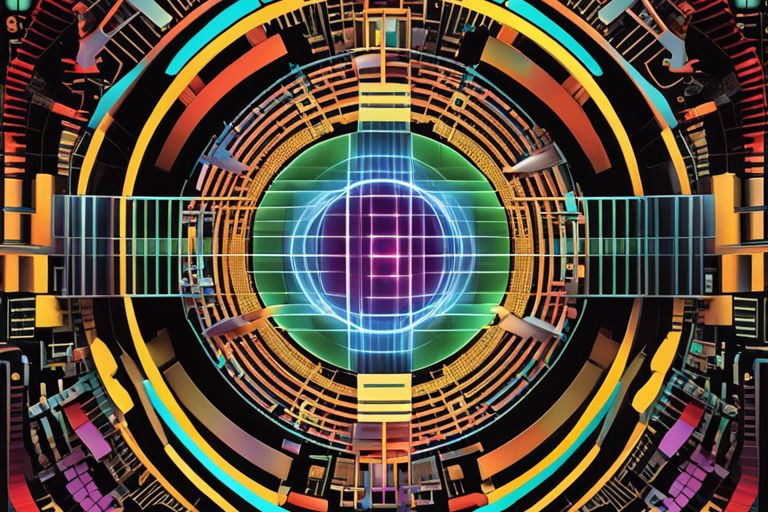What is 5G wireless Technology You might be wondering how 5G wireless technology is reshaping our digital landscape in 2024. This fifth generation of cellular technology not only promises blazing fast speeds—up to 20 Gbps—but also delivers lower latency for enhanced real-time experiences like gaming and videoconferencing. As I explore this transformative technology, it becomes clear that 5G is set to improve connectivity even in underserved rural areas and congested urban centers, all while introducing innovations that ensure seamless mobility for users on the go.

Table of Contents

Understanding 5G Technology
Before entering into the intricacies of 5G technology, it’s necessary to grasp its essence and how it differs from previous generations of wireless connectivity.
What is Definition of 5G
For me, 5G stands for the fifth generation of cellular technology, introducing unprecedented data speeds, reduced latency, and enhanced connectivity. It’s a transformative leap, shifting from merely ensuring connectivity to enabling a wide range of connected experiences.
Key Features of 5G
Any discussion on 5G technology must highlight its remarkable key features:
- Peak Speeds: Theoretical speeds of up to 20 Gbps.
- Reduced Latency: Lower response times enhance business applications and digital experiences.
- Cloud Integration: Exploits cloud technologies for flexibility and scalability.
- Massive MIMO: Supports multiple data transmissions simultaneously.
- Network Slicing: Creates virtual networks for tailored services.
- Improved Connectivity: Benefits rural and urban areas alike.
After examining these features, it’s clear that 5G is poised to revolutionize various sectors, from healthcare to autonomous vehicles. What is 5G wireless Technology
Additionally, I find it fascinating how these key features address the demands of modern applications and users. They redefine connectivity and efficiency:
- Ultra-Reliable Low Latency: Essential for applications like self-driving cars.
- Higher Capacity: Ensures faster connection for more devices simultaneously.
- Enhanced User Experience: Facilitates engaging services such as immersive gaming.
- Support for IoT: Seamlessly connects billions of devices.
After understanding these capabilities, I am convinced that 5G will unlock a myriad of possibilities in our daily lives and industries.
The impact of 5G will be profound. It presents a double-edged sword; while it brings about remarkable advancements such as ultra-fast data transfer and real-time analytics, it also poses challenges relating to security and privacy. You must stay informed about these issues as we embrace this powerful technology.
Advancements Over Previous Generations
One of the most remarkable advancements in 5G technology over its predecessors is its ability to significantly enhance user experiences through speed and capacity improvements.
Speed and Capacity Improvements
One of the standout features of 5G is its theoretical peak speed of 20 Gbps, a monumental leap from the 1 Gbps peak speed of 4G. This substantial increase in speed translates to faster downloads, smoother streaming, and an overall more efficient digital experience for users like yourself.
Latency Reduction
One of the key benefits of 5G technology is the significant reduction in latency, which can enhance various applications, from gaming to video conferencing.
With traditional 4G connectivity, latency can often exceed 30 milliseconds, which can be burdensome for real-time applications. In contrast, 5G aims for latency as low as 1 millisecond, enabling applications such as self-driving cars to react instantly to their environment. This advancement not only improves the performance of business applications but also enriches user experiences in activities ranging from online gaming to vital healthcare monitoring.
5G Architecture and Design
Keep in mind that the architecture of 5G technology marks a significant leap forward from previous generations. This new framework is primarily built on the concept of New Radio (NR), which supports a wider range of frequency bands and advanced antenna technologies. By utilizing massive MIMO (multiple input, multiple output), 5G delivers enhanced capacity and efficiency, enabling simultaneous connections while maintaining high data transfer speeds. With theoretical peak speeds reaching 20 Gbps, the New Radio technology forms the backbone of this fifth generation of wireless communication.
New Radio Technology
Architecture in 5G incorporates new components that enable seamless connectivity and better performance. It supports broader frequency spectrums, vital for accommodating the increasing demands for mobile data and connected experiences that users expect today.
Network Slicing and Virtualization
Technology plays a crucial role in the development of network slicing and virtualization within 5G architecture. With network slicing, I can create tailored digital experiences for specific applications, users, or devices by allocating dedicated resources. This method enables not only flexibility and scalability but also enhances overall network efficiency. Moreover, virtualization shifts functionality from hardware to software, allowing for simplified management and quicker deployment of services. This innovation in 5G architecture ultimately paves the way for reduced costs and improved performance, making your connected experiences truly exceptional.
Real-World Applications and Impact
Not only is 5G technology set to revolutionize connectivity, but it also brings tangible benefits across various sectors. From healthcare to transportation, its high-speed capabilities and low-latency connections are poised to enhance user experiences significantly.
Innovations in Healthcare
Innovations in healthcare will be transformative with 5G, as it enables real-time monitoring of patients through connected devices that continuously transmit vital data like heart rate and blood pressure. This not only enhances the quality of care but also allows for timely intervention, ultimately improving patient outcomes.
Enhancements in Transportation
Applications in the transportation sector will be equally groundbreaking. **Transportation systems will leverage 5G’s ultra-reliable low-latency** capabilities to enable **real-time communication between vehicles and infrastructure**, such as traffic lights. This connectivity supports the emergence of **autonomous vehicles**, which can make split-second decisions based on live data, increasing safety and reducing accidents. Furthermore, the exchange of information about **traffic conditions and hazards** can lead to more efficient route planning, minimizing congestion and enhancing overall traffic flow.
To wrap up
The advancements in 5G wireless technology in 2024 represent a significant leap in connectivity, offering speeds up to 20 Gbps and reduced latency. As I explore this new generation of cellular technology, I notice its potential to transform various sectors, from healthcare to transportation, by enabling real-time data exchange. For you as users, this means quicker downloads, improved online experiences, and the ability to connect seamlessly across devices. Embracing 5G will not only enhance your digital life but also drive innovation in areas we are yet to fully explore.



